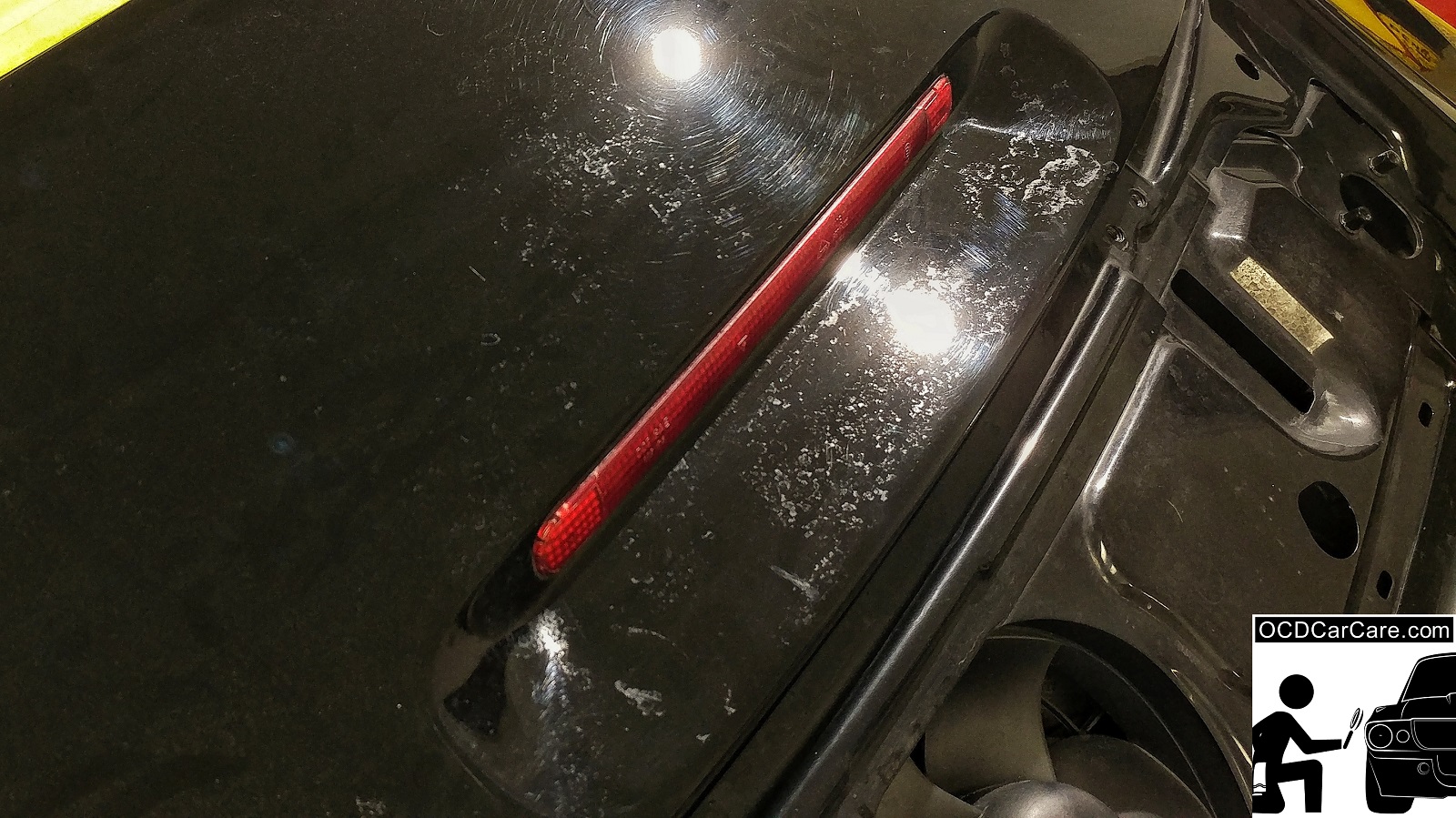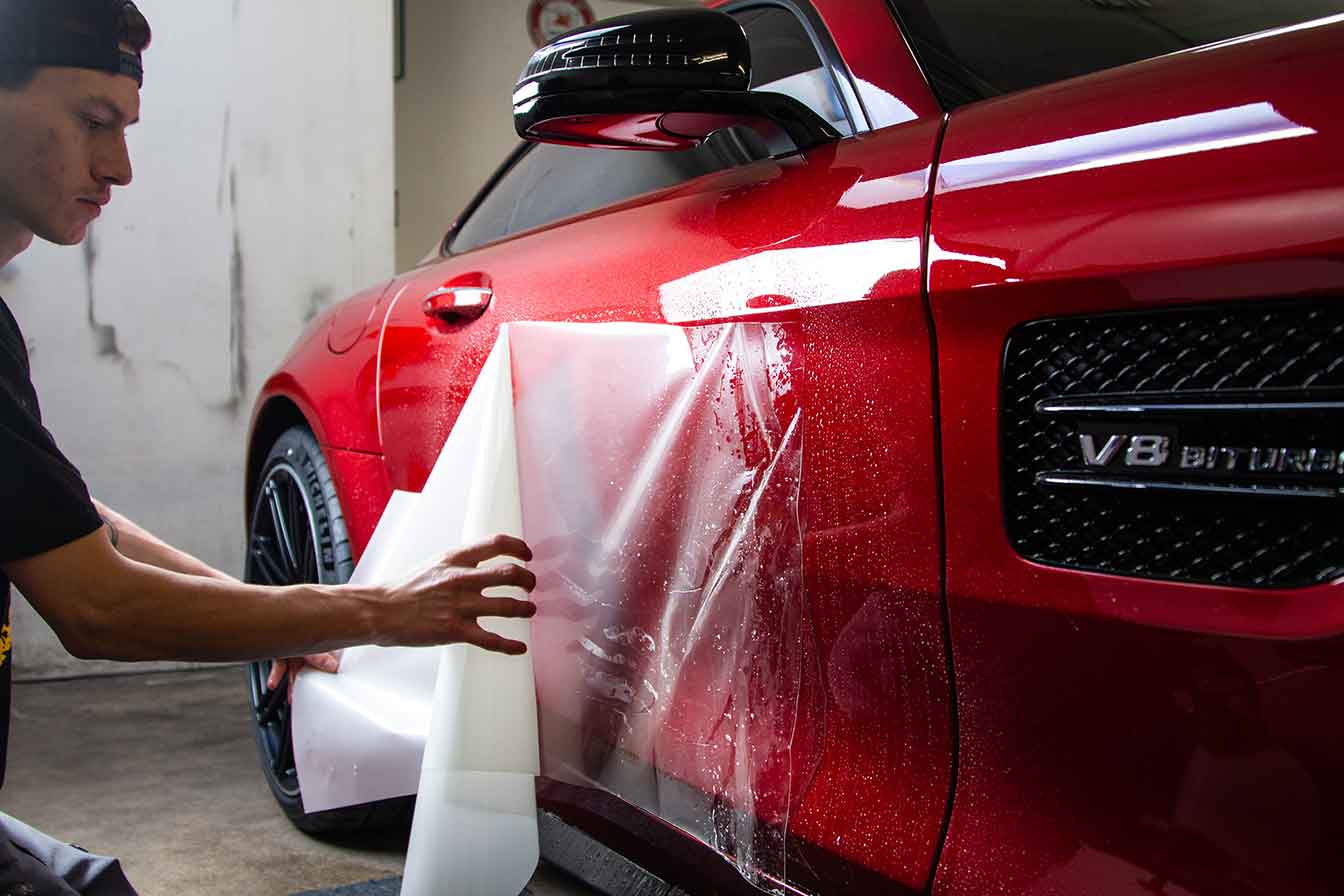Advanced Modern Technology Behind Ceramic Coating Philadelphia for Ultimate Protection
Advanced Modern Technology Behind Ceramic Coating Philadelphia for Ultimate Protection
Blog Article
Why Ceramic Layer Is the Ultimate Service for a Remarkable Finish
Ceramic finishing has emerged as a leading option for those seeking a remarkable finish for their automobiles, thanks to its remarkable durability and protective attributes. What elements genuinely set ceramic finishing apart?
What Is Ceramic Layer?

When applied correctly, ceramic finish creates a hydrophobic surface that pushes back water and dirt, making it less complicated to clean up and maintain. Unlike conventional waxes or sealers, which generally provide short-term security, ceramic layers can last for numerous years, relying on the product top quality and application method. The process of using ceramic layer calls for precise prep work, consisting of complete cleaning and occasionally paint modification, to guarantee optimal bonding and efficiency.
Ceramic finishes are not restricted to automotive surface areas; they can likewise be utilized on different products, including glass, steel, and plastics, giving a flexible solution for boosting protection. In general, ceramic layer stands for a considerable innovation in surface security innovation, combining both functional and aesthetic benefits for a vast array of applications.
Advantages of Ceramic Finish
While numerous surface area protection alternatives exist, the advantages of ceramic covering stick out because of its distinct residential properties and durable performance. One of the main benefits is its remarkable resilience. Ceramic Coating Philadelphia. Unlike traditional wax or sealers that need frequent reapplication, ceramic layers provide a resilient layer that can last for a number of years, considerably minimizing maintenance initiatives
Another significant advantage is enhanced protection versus environmental impurities. Ceramic layers develop a hydrophobic surface area that pushes back water, dust, and different contaminants, making it much easier to clean up. This function not only maintains the automobile's look yet also minimizes the risk of deterioration and oxidation, specifically in extreme climate condition.
In addition, ceramic finishings provide superior resistance to UV rays, preventing fading and degradation of paint gradually. This UV security is vital for maintaining the visual worth of lorries and surfaces exposed to direct sunlight.
Furthermore, the shiny coating attained with ceramic finishing improves the overall aesthetic allure, giving surfaces a showroom-quality luster. On the whole, ceramic coatings stand for a significant innovation in surface protection innovation, supplying enduring advantages that satisfy both visual and useful requirements.
Just How It Works
Comprehending the scientific research behind ceramic finishings exposes exactly how they provide such exceptional protection and durability. At its core, a ceramic covering is a fluid polymer that chemically bonds with the lorry's manufacturing facility paint. This bonding develops a protective layer that is both oleophobic and hydrophobic, repelling water, dust, and oil. The primary element of a lot of ceramic finishes is silicon dioxide (SiO2), which is acquired from quartz. This compound adds to the finish's firmness and resistance to scratches, UV rays, and environmental impurities.
The application process includes numerous steps, including surface area preparation, which is crucial to accomplishing ideal adhesion. Once used, the covering undertakes a treating process, throughout which it hardens and creates a semi-permanent bond with the paint surface. This bond is what identifies ceramic coatings from conventional waxes and sealers, providing a longer-lasting protective barrier that can withstand for years.
In addition, the thickness of the finish can improve its protective qualities, guaranteeing that it can withstand extreme problems. Eventually, the scientific research of ceramic finishes incorporates advanced materials with innovative application techniques to deliver an unequaled degree of security and aesthetic enhancement for automobiles.
Contrast With Typical Methods
The benefits of ceramic finishings end up being especially noticeable when compared to standard paint protection techniques such as sealers and waxes. While waxes offer a temporary sparkle, normally lasting a couple of weeks to a pair of months, ceramic coatings give a lasting safety layer that can sustain for numerous years. This resilience considerably reduces the frequency of reapplication, making ceramic coverings a much more cost-efficient option with time.
In addition, typical techniques usually need comprehensive prep work and several applications to achieve an adequate level of security. In comparison, ceramic coatings bond at a click here for more molecular degree with the automobile's surface area, creating a robust guard versus environmental contaminants like UV rays, acid rain, and roadway salts. This bond boosts the car's resistance to scratches and swirl marks, which are prevalent with typical waxes and sealants.
Moreover, the hydrophobic residential properties of ceramic finishings drive away water and dirt, causing much easier cleansing and maintenance. In comparison, wax and sealant-treated surfaces can draw in gunk, demanding even more constant cleaning - Ceramic Coating Philadelphia. On the whole, ceramic layers not just give superior defense yet also provide a much more visually enticing and enduring surface, developing them as the favored option for critical automobile proprietors
Application and Upkeep Tips

Making use of a foam applicator, use the coating in small sections, adhering to the supplier's standards regarding density and overlap. Enable sufficient curing time between layers, typically 24 hr, to guarantee proper bonding. After application, it is crucial to prevent direct exposure to water or harsh aspects for at the very least a week to enable the finishing to fully treat.
For upkeep, wash the automobile frequently with pH-balanced soaps and stay clear of her response rough materials. Touchless automobile laundries are suggested to minimize scratching. Furthermore, making use of a ceramic upkeep spray can enhance the finishing's hydrophobic properties and longevity. Regular assessments for any signs of wear will certainly assist keep the covering's stability and protect that immaculate coating.
Final Thought
In verdict, ceramic finishing emerges as a remarkable alternative for achieving a flawless automobile surface. By creating a robust bond with factory paint, ceramic finish efficiently guards versus scrapes, UV rays, and ecological pollutants.

Report this page